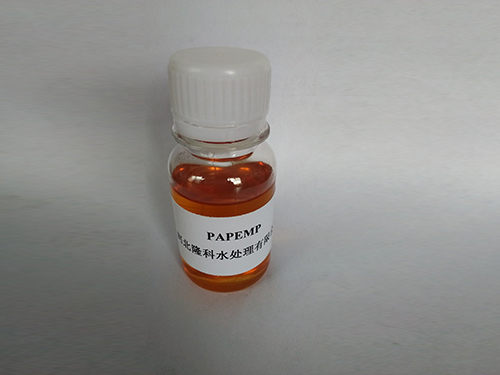Exploring the Applications and Benefits of Ethylene Diamine Tetra Methylene Phosphonic Acid in Industry
Ethylene Diamine Tetra Methylene Phosphonic Acid An Overview
Ethylene diamine tetra methylene phosphonic acid (EDTMPA) is a phosphonic acid derivative that has garnered significant attention in various fields due to its unique molecular structure and versatile applications. As a chelating agent, EDTMPA is capable of forming stable complexes with metal ions, making it valuable in a multitude of industrial and scientific applications.
Chemical Structure and Properties
EDTMPA features a tetra methylene phosphonic acid backbone, which consists of four methylene units linked to a phosphonic group. The phosphonic acid groups are known for their strong affinity for metal ions, forming stable complexes that can effectively sequester these ions from solutions. This chelation ability is particularly useful in environments where metal ions can cause adverse effects, such as in water treatment processes.
One of the significant properties of EDTMPA is its solubility in water, which enhances its applicability in various aqueous systems
. The compound is generally stable under normal conditions, making it a reliable choice for numerous applications.Applications in Water Treatment
One of the primary applications of EDTMPA is in water treatment. Its excellent chelating properties are employed to remove heavy metals, such as lead, copper, and zinc, from industrial wastewater. By binding to these metal ions, EDTMPA helps to prevent the precipitation of insoluble metal compounds, thereby ensuring that water remains clear and free from contaminants. This capability is crucial in meeting environmental regulations and protecting aquatic ecosystems.
Moreover, EDTMPA is used as a scale inhibitor in cooling systems and boilers. Scale formation can lead to significant inefficiencies and damage in various industrial processes. By preventing the deposition of scale-forming compounds, EDTMPA contributes to the longevity and efficiency of these systems.
ethylene diamine tetra methylene phosphonic acid

Role in Agriculture
In agriculture, EDTMPA finds its use as a component in fertilizers, particularly in enhancing the availability of essential nutrients such as calcium and magnesium. The chelation of these nutrients ensures that they are more bioavailable to plants, facilitating better uptake and utilization. This aspect is particularly important in soils with high pH levels, where nutrient availability can be significantly compromised.
Additionally, the application of EDTMPA in soil amendments helps improve soil health by promoting better nutrient retention and reducing leaching. By enhancing soil structure and nutrient dynamics, EDTMPA plays a critical role in sustainable agricultural practices.
Industrial Applications
Beyond water treatment and agriculture, EDTMPA has various industrial applications. It is utilized in the formulation of cleaning agents and detergents, where its chelating properties help to enhance the effectiveness of these products by sequestering hard water ions. This action not only boosts cleaning efficacy but also protects surfaces from mineral buildup.
Furthermore, EDTMPA is employed in the oil and gas industry, particularly in drilling fluids, where it acts to stabilize metal ions and prevent corrosion. The ability to maintain the integrity of equipment and enhance operational efficiency highlights the importance of EDTMPA in this sector.
Conclusion
In summary, ethylene diamine tetra methylene phosphonic acid is a multifunctional compound with significant implications across various domains. Its chelating abilities not only facilitate the removal of harmful metal ions but also contribute positively to agricultural practices and industrial processes. As research continues to explore its potential, EDTMPA stands out as a key player in advancing sustainable practices in both industry and agriculture. The ongoing development of technologies utilizing EDTMPA could lead to even broader applications, further cementing its importance in modern science and engineering.
-
Water Treatment with Flocculant Water TreatmentNewsJun.12,2025
-
Polymaleic AnhydrideNewsJun.12,2025
-
Polyaspartic AcidNewsJun.12,2025
-
Enhance Industrial Processes with IsothiazolinonesNewsJun.12,2025
-
Enhance Industrial Processes with PBTCA SolutionsNewsJun.12,2025
-
Dodecyldimethylbenzylammonium Chloride SolutionsNewsJun.12,2025





